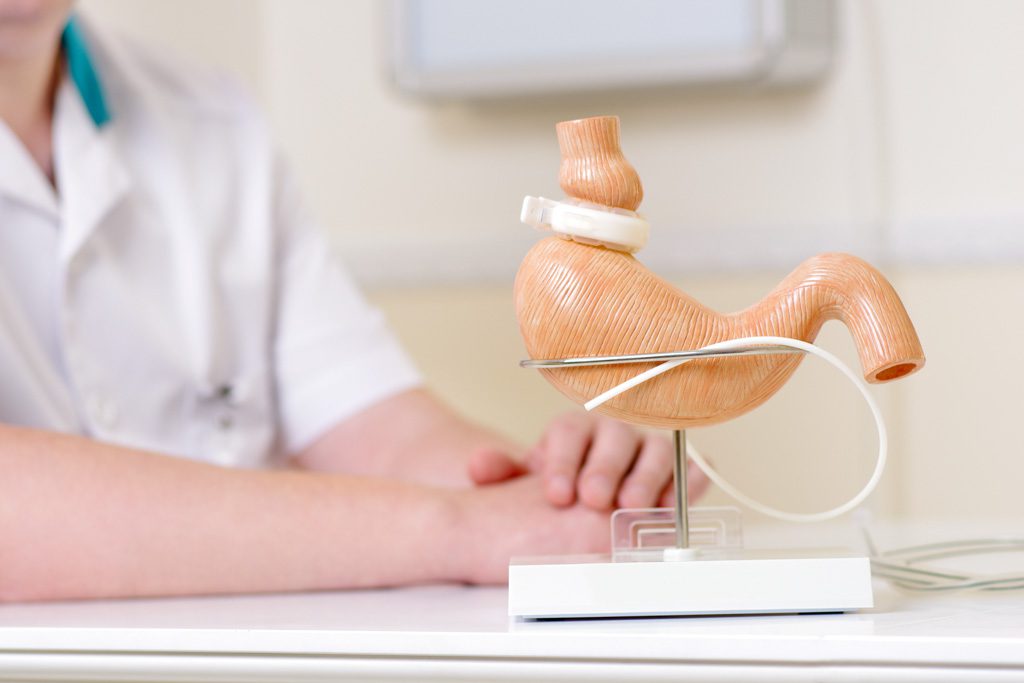Weight-loss drugs and bariatric surgery for kids?
They’re in play now, and gym owners would be wise to acknowledge it even if they aren’t willing to support the new recommendations from doctors.

Early in 2023, the American Association of Pediatrics (AAP) updated its guidelines for treating obesity in kids and adolescents. This is from Healthline.com:
“Medications, lifestyle changes, and surgical interventions are on the short list of … new recommendations for physicians treating childhood obesity.”
The AAP’s own release can be found here.
You’ll also note the dramatic increase in ads for weight-loss medications such as Ozempic, Rybelsus and Wegovy (generic name: semaglutide). Manufacturers of weight-loss drugs are spending a lot of marketing dollars right now.
Gym owners and trainers can be forgiven for throwing their hands in the air. In our community, we work on a client’s lifestyle, and medication and surgery are way outside our scope of practice. It’s easy to worry that some people will prioritize these options even if another path might produce the desired results. Every trainer would love the chance to help a client lose weight—or avoid gaining it—without invasive procedures and side effects.
But don’t worry: The AAP hasn’t forgotten about diet and exercise.
Where Do Gym Owners and Trainers Fit?
“Comprehensive obesity treatment may include nutrition support, physical activity treatment, behavioral therapy,” the AAP release states.
It continues: “Intensive health behavior and lifestyle treatment (IHBLT), while challenging to deliver and not universally available, is the most effective known behavioral treatment for child obesity. The most effective treatments include 26 or more hours of face-to-face, family-based, multicomponent treatment over a 3- to 12-month period.”
That, to me, sounds a lot like working with a great coach who can help a kid learn to move and eat to support that movement. Of course, obesity is complex, so other care providers can be involved in an intensive plan, such as doctors, nurses, nutritionists, dietitians, counsellors and so on.
Here’s a success story featuring a kid who was diagnosed with obesity at 9 and had success with a counseling program and lifestyle changes: CBC.ca.
The key point here: The new drug and surgery recommendations get all the attention, but the AAP is essentially saying that other interventions are the most effective.
That means gym owners and coaches should have even more support in their fight to help everyone—including kids—become healthier.
Focus on the People You Can Help
The reality is that intensive interventions aren’t an option for many kids, due to cost, availability or other factors. And that approach won’t work for those who won’t fully invest in the process. We know weight loss takes commitment, and some clients just won’t stick with a program. And then there’s a group of people who simply won’t pursue any prevention or remediation strategies at all. So that’s where drugs and surgery fit in many cases: as part of a last-ditch effort.
But for a significant percentage of the population, lifestyle work is an option. Many households do have the money to get their kids into programs and buy healthy food, and I can’t imagine many parents would want to send a child under the knife if another path were available.
And that’s where gym owners come in. We know, as a professional group, that sound nutrition and regular exercise improve health at any age. Sticking within our scope of practice, we can use the renewed focus on childhood obesity to remind people that we have a non-invasive, side-effect-free, fun program that can be used to prevent or address obesity.
Parents with the means to invest in the health of their kids need to hear that message. Mainstream media is going to send them streams of articles about fat shaming, body positivity, socio-economic barriers, broken health-care systems, incompetent bureaucrats and politicians, and a worldwide over-reliance on pharmacology. And Big Pharma is going to send them an endless string of ads that promise the world and list side effects in ultra-small print. It isn’t worth wading into that ocean and fighting the wave.
The smart play: Speak to parents who aren’t interested in surgery or drugs for their kids. They’re out there, and they need to hear that diet and exercise can work wonders with young ones. Yes, obesity is complex. But healthy eating strategies and regular exercise are pillars of any prevention or treatment plan.
The best part: Kids who learn how to eat and move are set up for a lifetime of good decisions and improved health. Every single kid who trains at your gym represents a huge win that can echo over decades.
If you’re disappointed or even angry about the new recommendations for treating obesity in children, start a kids program. In our 2022 “State of the Industry” report, stats revealed only 39 percent of survey respondents have kids programs. In gyms that do have kids programs, the revenue stream contributes just 9 percent to total revenue. Both numbers are too low.
If you already have a kids program, start showing off your success with children who currently train with you—with permission, of course. Write about your youth programs and explain how they solve problems. Make videos with happy parents who see your services as an important part of raising a healthy child. Talk to local groups for parents. Ask other current clients if their kids need coaching or if they have friends who need help with their children.
Whatever you do, don’t review the new guidelines, shake your head and walk away.
You can help a lot of kids live much healthier, happier lives if you find ways to connect with their families.

